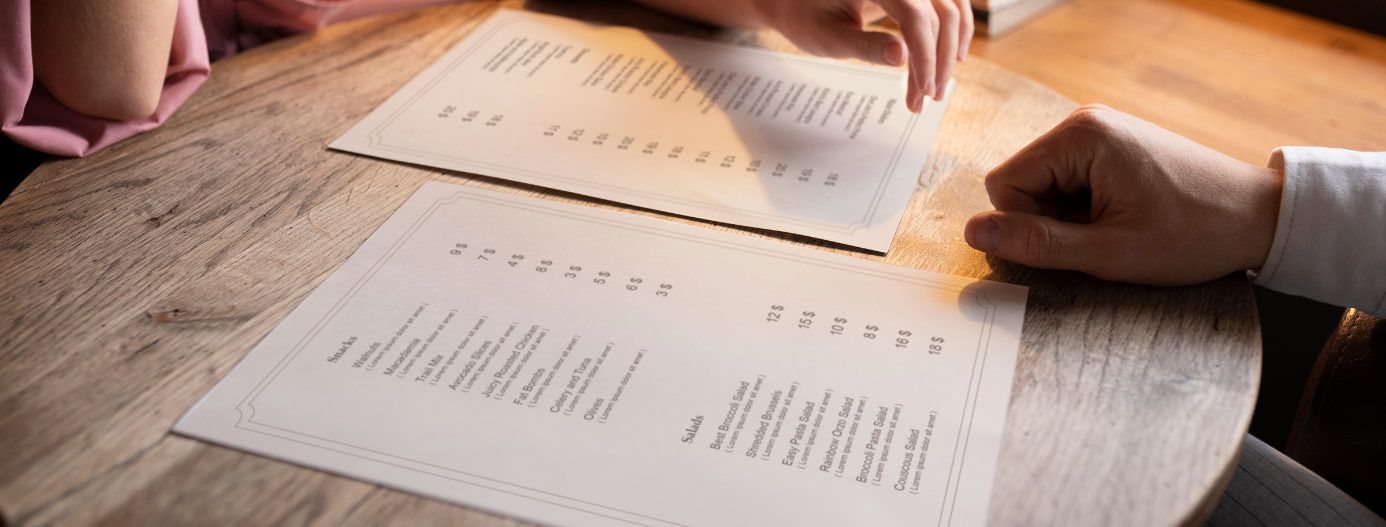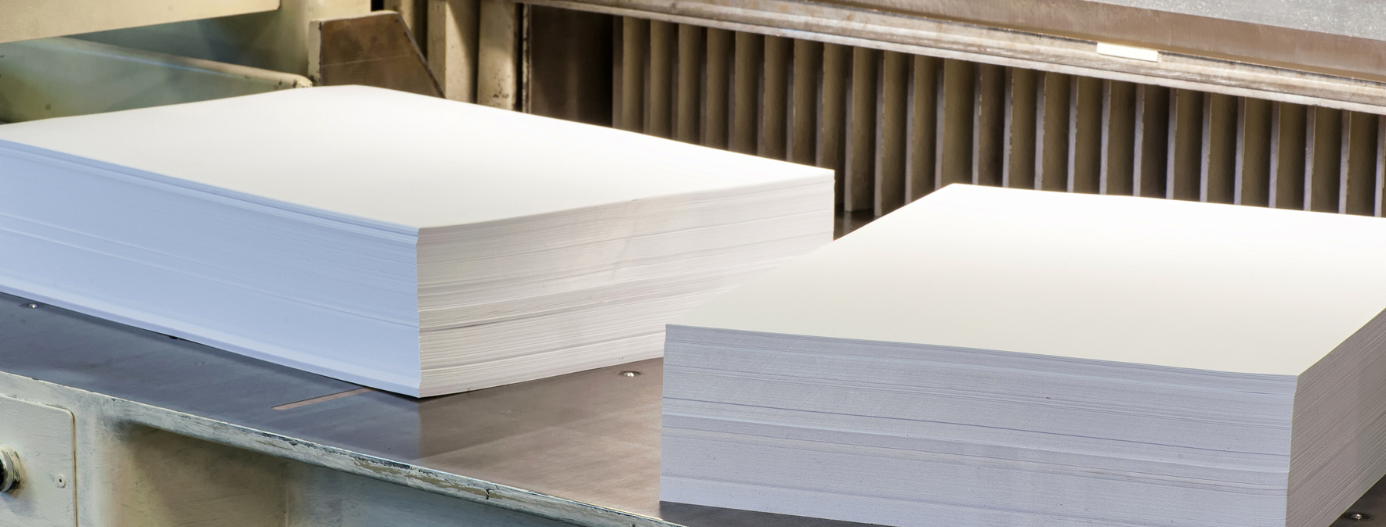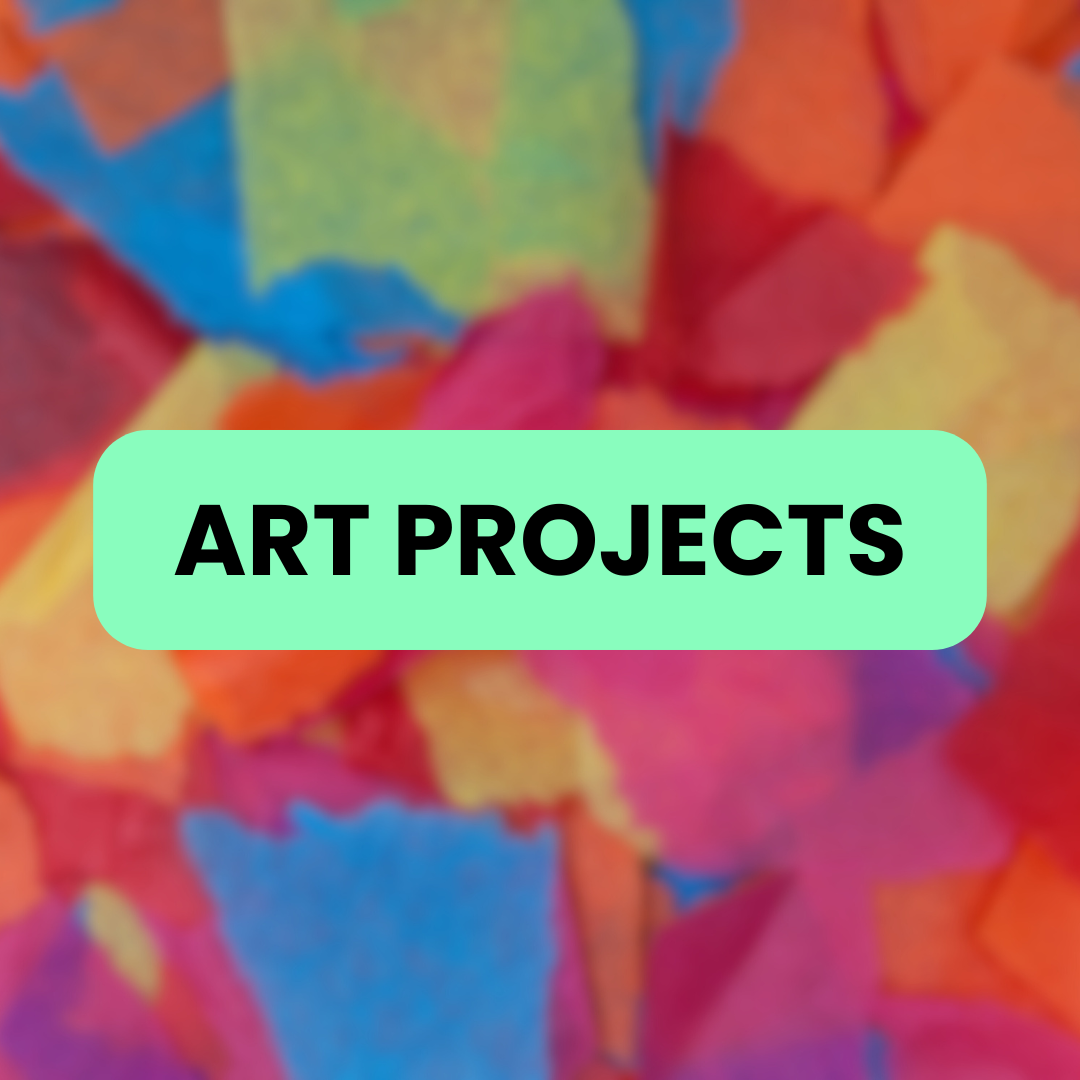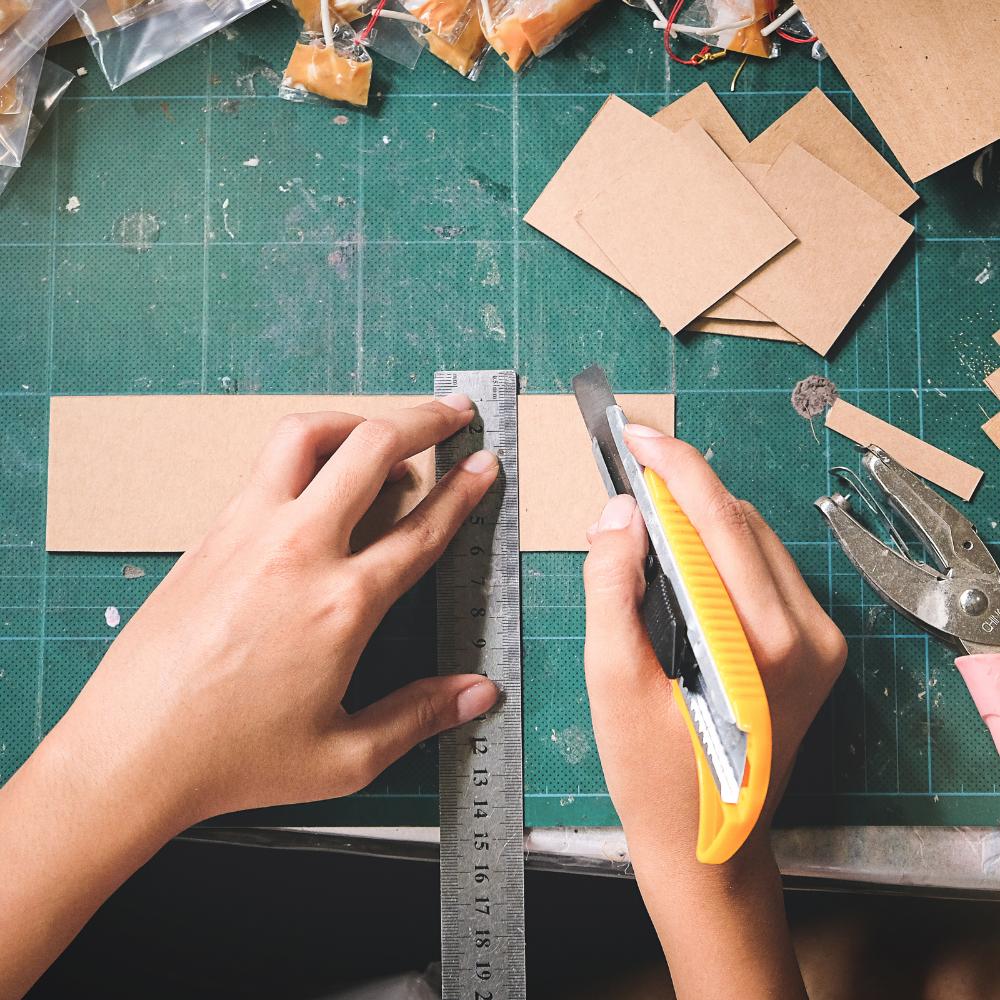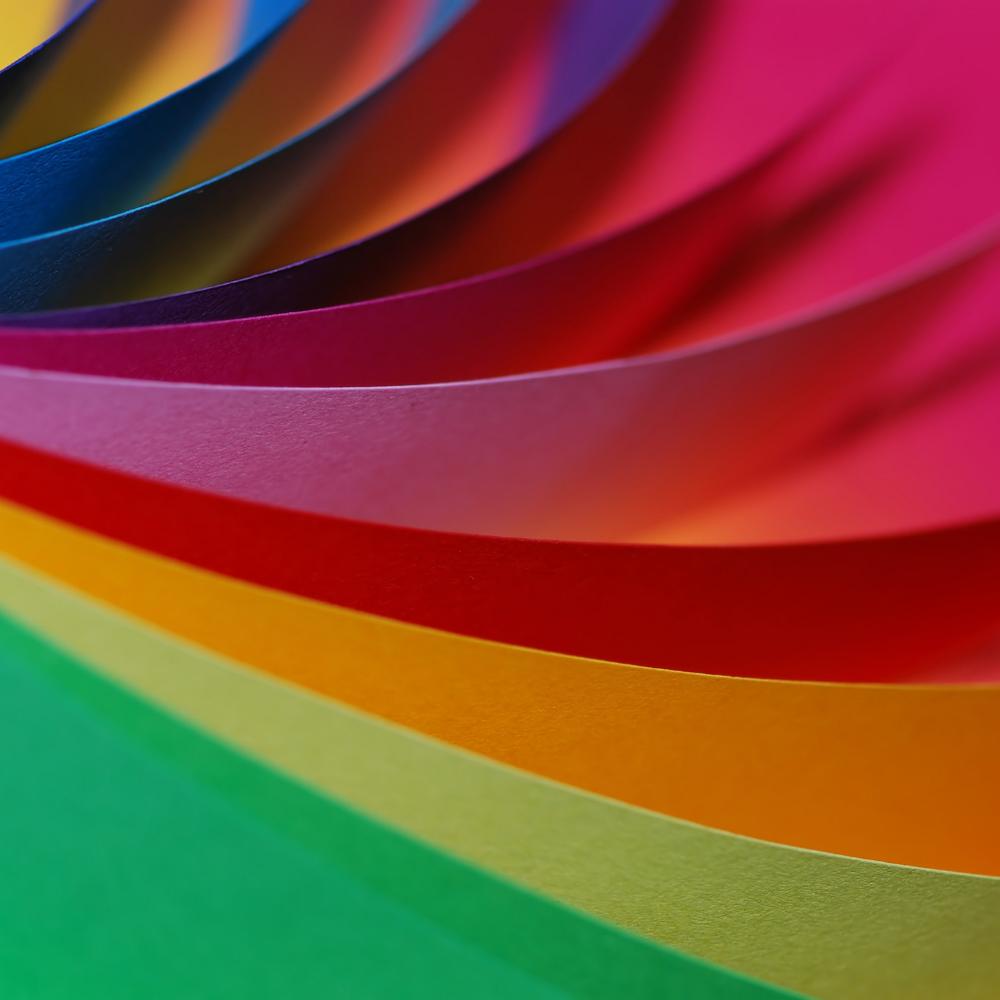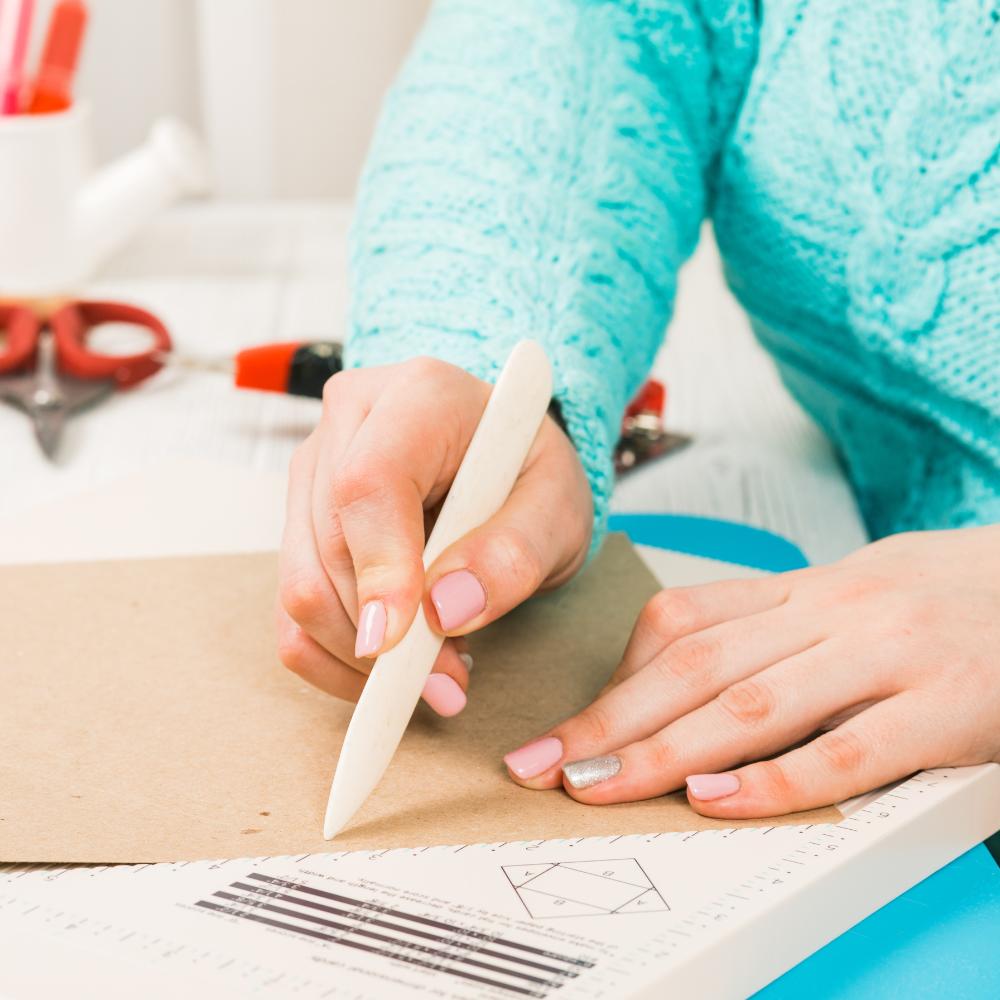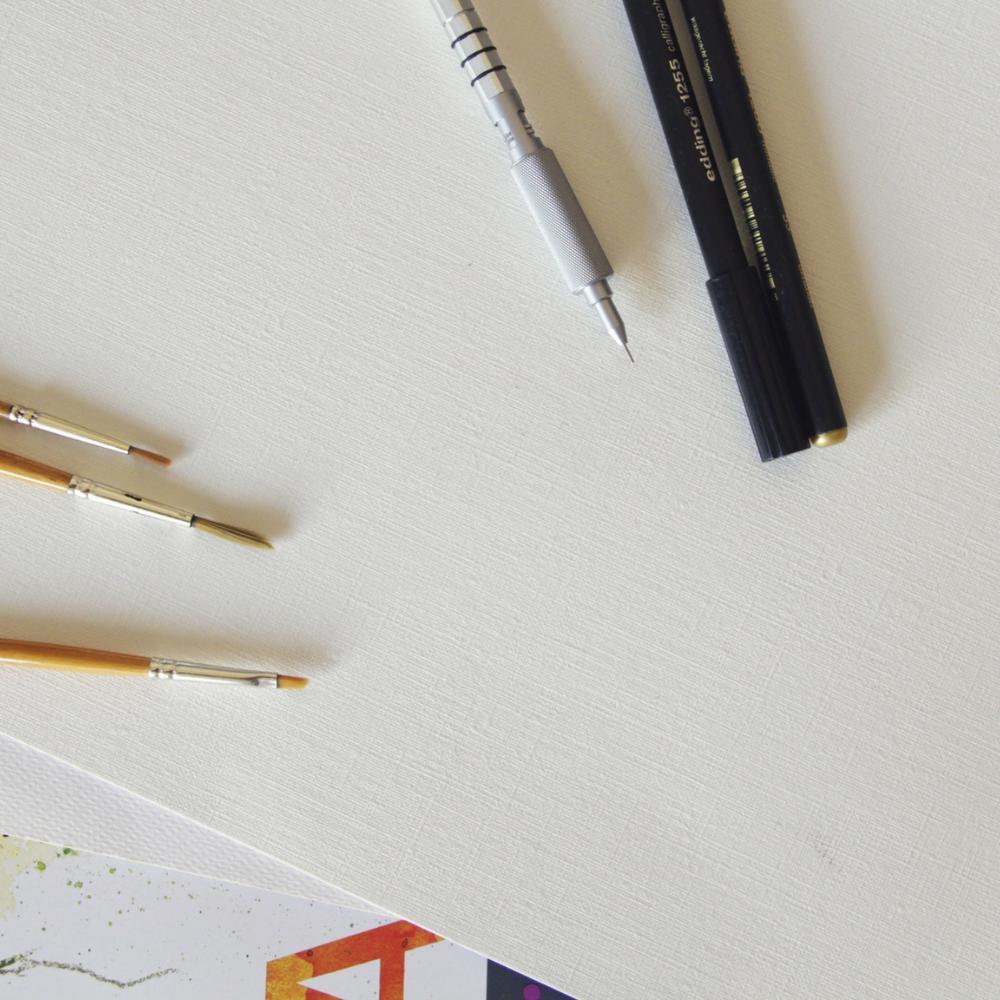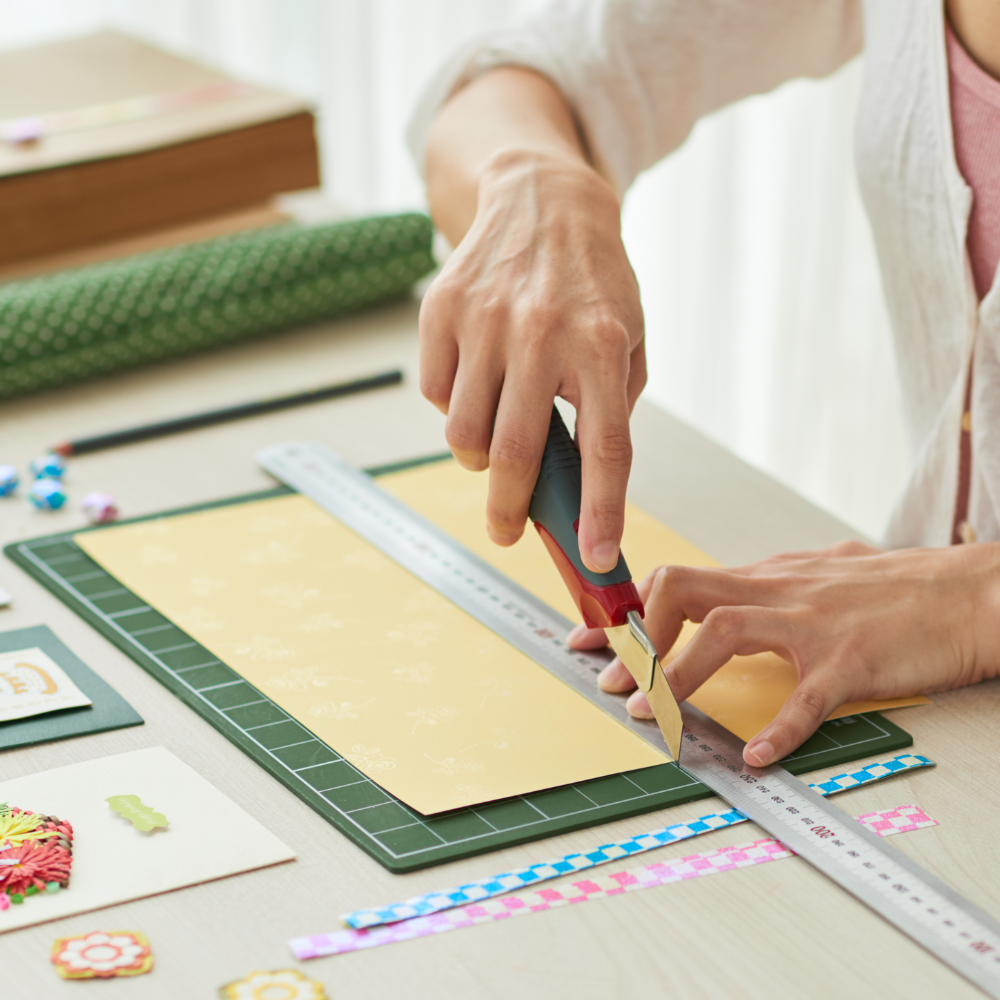How To Choose Paper For Lettering
When you are about to write something for your post on Instagram or for that matter any social media platform, do you spend a little time choosing the font? That means you notice the beauty of different letters and at a very basic level that is what the beautiful art of lettering is.
Bye drawing or rather visualizing different ways letters or alphabets can look while you draw them. So all the places where you see beautiful letters drawn to make up beautiful words make up an even beautiful meaning simply because of the beautiful letters. Words, which can become something entirely different if it were drawn differently.
So if you are also interested and wish to try the incredible art of lettering, then we would like to suggest beginning with getting the right kind of paper. At ThunderBolt paper, we would love to help you decide on a good path ahead to writing some marvelous letters.
Here are a few pointers to keep in mind
The ink should not bleed
When you are drawing with pencils in the initial phase of learning lettering, you can work with almost any kind of paper.
But the minute you move on to brush pens, felt tip pens ink pens, you will understand the same paper does not hold up the same way.
You will notice that the simplest copy paper which was perfect for lettering with pencils begins to lead through to the other side when you begin to use pens. So any paper that you decide to buy must not be so thin or low quality that it makes the ink bleed.
Paper finish matters
Again, only when you have your way through pencils crayons you will move on to brush pens which are recommended tools, you will realise that brush pens don't work well with all kinds of paper equally.
For example, linen paper is an excellent paper for a lot of paper craft and art, but in case of lettering or even calligraphy the pointed nibs or brush pens do not work well with textured paper.
That is the reason you must move on to paper varieties that have a smooth finish that work the best for keeping your felt-tip brush pens and metal nib pens all perfectly functional.
Notice feathering
Sometimes when you are writing with an ink pen or a brush pen, you may notice the edges of your letters tend to spread or specifically form a feather-like shape.
This is known as feathering and if you notice it you might have to change your paper to slightly thicker and higher quality paper. Feathering occurs due to the paper being too absorbent, hence allowing the ink to spread.
Certain kinds of recycled paper or Uncoated paper can have a similar feathering effect, and the solution to this is to find a quality or variety of paper that is thick and less absorbent as compared to simple copy paper.
Note thickness and strength
Even if you begin to practice with pencils you will notice as you practice your strokes that thin paper such as copy paper even though excellent for practicing does not hold up against the varying pressure of the pencil strokes. You can feel the impression of the letters on the other side of the paper.
While this may be ok to practice initially as you move onto brush pens, thinner paper can be cumbersome. It will crumble under its own weight, and the only solution to the problem is finding thick and strong paper for lettering.
For example, card stock or smooth finish card stock can work in exceptional ways for lettering, allowing you to even blend colors without having to worry about the paper crumpling.


